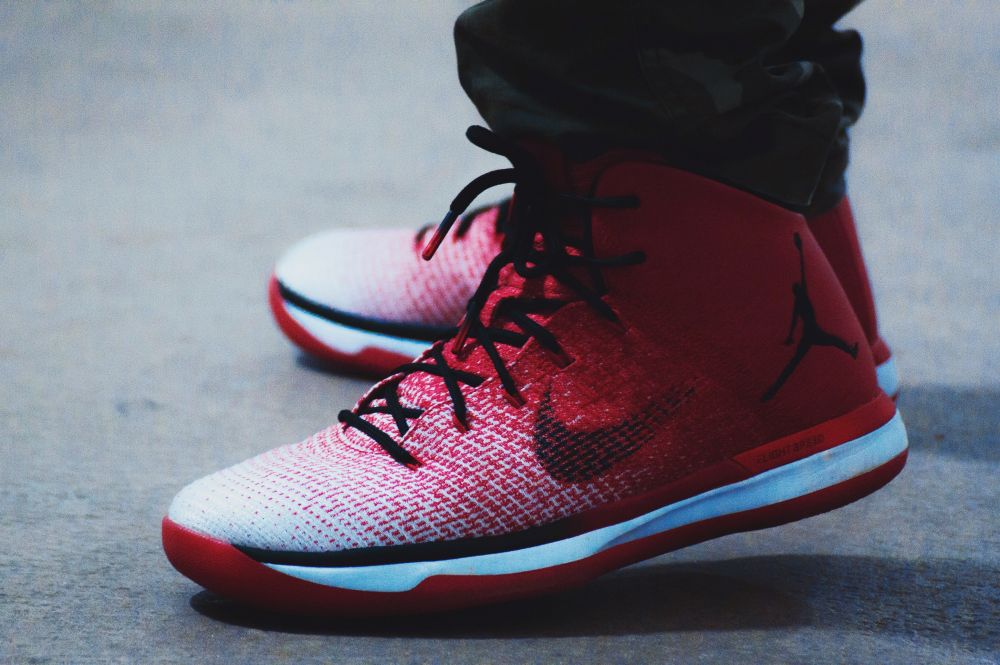
With so much greenwashing going on in the fashion industry, it has become really hard for consumers to tell what is true or not in fashion brands marketing strategies (see our definition of greenwashing).
To check if a fashion brand is ethical, look at where and how their clothes were made, from raw materials to chemical treatments, garments production, waste management and end of life-cycle.
Unfortunately, not all fashion brands and retailers are transparent with this information. Most of them only show what end consumers want to see.
Many fast fashion brands even hide the fact that they use unsafe factories, forced labor, hazardous chemicals, abusing farmers, workers, and animals in the process.
There is so much going on in the fashion industry that many brands and retailers don't want us to see. The environmental impact of clothing is huge and increasing year after year.
Luckily, ethical and sustainable fashion is gaining popularity. People are starting to care more about how their clothes were made, and not just the price and style of the clothes they buy.
Learning more about the dangers of fast fashion and getting informed about ethical fashion is a major step in the right direction. When out shopping, look for high quality and durable pieces from fashion brands that are ethical.
Check out my article if you are wondering why fast fashion is bad.
Consumers have the right to know where and how the clothes they buy were made. There are definitely a few tips that I can give you to find out if a fashion brand is ethical.
Look for high transparency, lower frequency of new items, support for social causes and fair product pricing.
Conversations about the environment are popping up for good reasons. We have to act now and promote environmental, economic and social sustainability in the fashion industry.
Some fashion brands are making an effort toward sustainability since the green movement is booming. But how to tell if what they claim is true? Especially if you are new to ethical fashion, it can be quite confusing.
How to tell the difference between ethical, sustainable, environmentally friendly, green, Eco-aware,... Many use these terms to mislead consumers. We have to stay critical and ask the right questions.
I know it’s not easy to tell if a fashion brand is ethical. I have been there. I only started to care more about the clothes in my closet since 2015. But as I learned what was really going on in the fashion industry, I was totally shocked.
But still, it is not realistic to prevent all damage done when buying new clothes. The best we can do is try to minimize our impact on the environment as much as possible.
Of course, buying less makes a big positive change. But we don't have to completely stop consuming to reverse the damage done. Buying second-hand clothing, renting, up-cycling are all good options.
And so is buying new clothing from ethical fashion brands and retailers. It is still absolutely necessary to buy new for underwear, swimwear, and activewear.
You are already making a conscious effort to live in a more sustainably if you are here reading this. And that's an amazing thing.

Panaprium is independent and reader supported. If you buy something through our link, we may earn a commission. If you can, please support us on a monthly basis. It takes less than a minute to set up, and you will be making a big impact every single month. Thank you!
What does being an ethical fashion brand mean?
Sustainability is becoming more important in the mind of consumers. Many are willing to pay more for Eco-friendly clothing. But how to tell if a fashion brand really is what they claim?
Being an ethical fashion brand means:
- minimizing the environmental impact of all clothing manufacturing activities in every step of the supply chain,
- respecting all fundamental human and animal rights with regard to textile and garment production,
- being transparent and providing relevant information so consumers can make informed purchase decisions.
The fashion Transparency Index 2019 invites consumers to use the hashtag #WhoMadeMyClothes to demand greater transparency. It tells clothing brands the following:
“In the face of our accelerating climate catastrophe, you have a huge responsibility to move faster on reducing the consumption of earth’s finite resources and creating business models that are regenerative instead of destructive and linear.”
Unfortunately, only a few fashion brands are acting seriously on this request and trying to be more ethical.
The fashion industry is one of the largest polluter globally. Fast fashion brands have the biggest negative impact on the environment.
There are responsible for huge textile waste, water, air and soil pollution, overproduction, toxic chemicals usage in dyes, fertilizers and pesticides, enormous water and energy consumption.
Pollution with hazardous chemicals and micro-plastics is not only damaging to the environment, but also deadly to ecosystems, animals, and humans.
Buy clothing from fashion brands that are ethical. It is a good decision you can make to keep buying and wearing clothes you love without being too hard on the environment.
Here are my best tips to check if a fashion brand is ethical.
Check the materials used to make clothing
Do a little bit of research and try to find out what kind of materials they are using and where they are sourced.
They are many different materials that go into making clothes. Some are bio-based, natural, organic, synthetic, up-cycled, recycled,... The first step you can take is to get informed about them.
Once you know what materials have the lowest impact of the environment, go shopping and look for those.
I encourage you to buy clothing made from Eco-friendly and cruelty-free fabrics. No leather, fur, wool, silk, or down, unless they are recycled from old materials.
It is not ethical at all to use animal products and by-products to make clothes. Their fabrication involves killing, skinning, tanning, and dyeing, using tons of energy and resources in the process.
No animal should have to suffer to make affordable, stylish and functional clothing.
Materials for fabric, trims, tags, labels, and packaging affect the environment differently. It is easy to get lost when there are so many choices available.
Look through my guide on the best Eco-friendly fabrics for textiles and get a clear overview of the subject.
It is difficult to know at first glance if the production process of raw materials is ethical and sustainable. But there are a couple of things you can do.
Natural fibers like cotton, linen, hemp, jute, ramie typically require lots of labor, water, sometimes fertilizers and pesticides to grow.
Make sure to buy organic whenever possible, verified by third-party certifications. Also check for fair trade, how the farmers and workers are treated, and a dyeing or coloring process that is natural without toxic dyes or inks. These are damaging to your skin!
Looking for organic materials such as organic cotton is a good place to start, even if not all organic cotton is good for the environment. At least, it will be Non-GMO, and only use natural fertilizers and pesticides that are not harmful to the farmers.
Synthetic and manufactured fabrics like polyester, nylon, spandex and Lycra, rayon, viscose, require lots of chemicals and energy to produce.
Activewear and workout gear are usually made from synthetic fabrics to keep high performance and athletic qualities, durability, and flexibility.
They have the disadvantage of not being easily degradable, recyclable and compostable. They also create micro-plastics that pollute the air and waterways, endangering human health and marine life.
Look for recycled materials as much as possible to decrease their impact on the environment.
You can look up the materials used for each garment usually on the composition label. You want to prioritize fabrics made from one single material and not blends. These are the easiest to recycle as the various fibers don't have to be separated beforehand.
Ultimately, pick the best clothes for you, taking into consideration your own style, lifestyle, budget, and values.
Shop clothing made locally
If a fashion brand makes the majority of their items in faraway countries, there is a good chance that the clothing production may not be as ethical as it seems.
Today, most clothing is made in Asia globally. This creates more greenhouse gas emissions during transport.
In addition in some Asian countries, regulations concerning work conditions, living wages, and environmental protection are not as strict as in western countries. Most clothing dyes are toxic and you can tell what colors will be trending next year by looking at some rivers in China.
You don't want to participate in destroying plants and ecosystems, poisoning food, drinking water, and animals.
Many fashion brands in the luxury segment have the possibility to produce locally in Italy, France or the USA, where labor costs are high because they have higher margins.
But some luxury brands like Louis Vuitton, Opening Ceremony and Alexander Wang still keep their production in China to increase their profit margins, without paying workers more.
For other fashion brands, it is not as simple. Oftentimes, they have to produce their garments in Asia to stay competitive.
These brands don't own their factories and can't control how the workers are treated.
Fast fashion brands produce clothing in Asia on purpose, where workers are paid next to nothing. They want to keep prices as low as possible to drive consumers to keep buying more and more.
Take a look at my list of fast fashion brands to avoid because of their disastrous impact.
The exploitation of local farming communities is very common. Apparel and textile production often occurs without environmental stewardship. This makes clothing from fast fashion brands unethical and not sustainable, in countries like Bangladesh and Cambodia.
Look for clothes made locally as much as possible to save carbon emissions, to ensure good working conditions and environmental protection. Check your local options before buying anything made in a faraway country.
If you can't find what you are looking for locally, look for clothing made in one central location. Raw materials, textile production, cutting, sewing, packaging, and shipping should happen in close proximity.
This way, the clothes will travel less before they reach you. And the carbon footprint of clothing production will be minimized.
This also supports small companies working with local communities. Sourcing materials locally and making clothing in the same region is a good ethical practice.

Check each fashion brand's policies
This is another great way to check if a fashion brand is ethical. Some large fashion brands will have Corporate Social Responsibility (CSR) policies. These are self-determined guidelines to incorporate social and environmental goals in day to day operations.
Look up the brand's website to find their policies. Some will be involved with charities or volunteering which are good signs of ethical practices.
You want to find out if large brands and retailers are making conscious efforts to minimize their impact on the planet.
Are they donating part of their profits? Are they supporting charitable causes? Do they participate actively in recycling, reforestation, ocean cleaning or waste collection?
Do you want to support ocean cleaning when buying clothing? Check out my article here.
Most fashion brands will accentuate the positive actions they are taking over their negative impact. To gain new customers, attract talents and reduce costs. So stay critical of the information you read.
If you find that a brand follows economic, social and environmental sustainability values, then they probably are operating their business with good intentions.
On the other hand, if you don't find relevant information on where and how the clothes were made, then it is a very bad sign. That brand is surely not ethical.
Every consumer has the right to know how the products they are buying were made, to make informed purchase decisions.
Check the fashion brand's factories
Your favorite fashion brand should be as transparent as possible. You should be able to easily find out where the garments are being produced.
Visit their website and look for information on factories. There should be at least a page mentioning relevant data about the factories, countries of production and labor regulations.
It is even better if you find information regarding living wages, health care, vacation, and other benefits.
A fashion brand willing to share that kind of information is trustworthy. This should be the norm for all brands and retailers across the industry. But it isn't at the current moment.
Luckily, change is coming. More and more people are asking questions and fashion brands are opening up.
Remember that you have the power to make that change happen. You choose the clothes you buy and support the brands that deserve it with your money.
If a fashion brand isn't being transparent enough, then pass. Brands should clearly report on production locations and conditions. This doesn't have to be a secret.
If some information is missing about labor standards, where the clothes were made or who made them, ask them directly!

Ask the fashion brand for information
When surfing a fashion brand website, check their about us page, factories, materials, policies, and values page.
If you find some missing information, I encourage you to contact the brand or retailer directly for more transparency.
Don't be afraid to ask! You will probably not be the first person looking for this information. And every ethical fashion brand will be delighted to respond promptly with the answer you are looking for, without hiding anything.
Some of the top questions you can ask any fashion brand are:
- How do you source your materials?
- What are the types of fabric you use?
- Where are the garments manufactured?
- How long have you been in business?
- Where are the clothes shipped from/to?
- How do you make sure that your factories are safe?
- How often do you visit your factories?
- How do you know that your workers and farmers receive living wages?
- What do you do to minimize your environmental impact?
- What are the certifications that your clothes have?
- Can you provide recent proof of inspections or third-party audits?
- What happens to the clothes you cannot sell?
To help you send an email to your favorite brand, here is a template you can use to ask them some questions you may have:
Dear brand/retailer Team,
My name is (your name) and I am looking for (a type of clothing).
I am interested in buying from you, as I saw many beautiful pieces that fit my style perfectly.
I am also passionate about ethical fashion and would love to know more about your clothes.
I care a lot about the clothes I buy. I care even more about the people who made them, as well as the environment.
Could you please answer a few questions below?
1) (your question NR. 1)
2) (your question NR. 2)
3) (your question NR. 3)
If you could send me more information, I would really appreciate it. Thank you.
Best regards,
(your name)
I send emails to many fashion brands all the time. It's no big deal. Trust that you have good intentions and want the best for everybody. Customer service is very likely to respond with more information if you stay positive and polite.
But I also don't trust everything a fashion brand says to me. For every claim they make, they should be able to back it up with the relevant proof.

Don't trust what a brand says, watch what they do!
It is not enough for brands to set sustainability goals and say that they are working to reach them. Every brand should also report on the progress being made.
To find out what is really happening, you can watch what brands and retailers are doing.
Are they using a cause to place their brand in a good light more than to help others?
It is a good thing to participate in charitable organizations and non-profits, but it has to be genuine and for the long term. And not to appeal to customers or build public relations.
They can donate a percentage of their profits but in fact only a negligible margin. So be attentive and observe their daily operations.
What about using renewable energy? Recycling in the headquarters? Electric transport for deliveries? Recycled paper for packaging?
You can find lots of useful information on Google about a fashion brand and see what they have been doing.
Are there reports from the press or from influencers about their positive impact?
Check their social media. What are they talking about the most there? Do they share the same values, stories, and mission on their social media as on their website?
There is plenty to be found online from the press and other news sources, especially for large fashion brands. Look it up!
You can also subscribe to a fashion brand newsletter. Watch what kind of marketing tactics they employ. Look for marketing strategies that solicit emotional buying decisions first as those are not ethical.
Reading their email and hearing their sales pitch is a great way to find out what a brand or retailer is about.
How often do they come up with new products? The traditional seasonal cycle of designing new collections 2 to 4 times per year is a lot more ethical than pushing new items to high street stores every week.
Ethical and sustainable fashion is all about producing high quality and durable pieces that will last a long time. Brands and retailers should encourage consumers to love, wear and take good care of their clothes as much as possible.
And this should happen across all their product line. Not for only one eco-friendly or eco-conscious collection. When only a small section of their product offering is ethical, it is not enough to be considered an ethical fashion brand.
In the case of the most well-known fashion brands, people already know if they are ethical or not. And also how well they are doing with regard to economic, social and environmental sustainability.
For other brands, you probably have to do a bit of research by yourself. Luckily, there are certification standards for textiles to help you.
Look for certification standards
There are so many different certification standards for textiles that it can be difficult to tell which are relevant.
Some certifications verify the application of social regulations. Others only attest to the environmental impact of a fashion brand.
If you are new to ethical fashion, it can seem quite overwhelming. I know, I have been there.
These are the best certification standards to look for in an ethical fashion brand:

Being B Corp certified is a very good achievement for any fashion brand. It indicates that they have clear sustainability goals, an action plan that they follow and a track record.
Learn more about B Corp certification and B Corporations in my other article.
Visit a brand's website and look for these certifications. You should be able to find the symbols on the homepage, the collection, product or sustainability page.
If you find any of these, it is a good sign that the brand is doing something good.
All of these certification standards are granted by third-party organizations. They are the best to look for when shopping for Eco-friendly textiles. They are recognized internationally and validate that the company is on track to be more ethical.
It is a good idea to familiarize yourself with all of them. Follow my guide on the best Eco-friendly certifications for textiles.
Use tools to check if a fashion brand is ethical
There are valuable resources on the internet that you can use to check if a fashion brand is ethical.
You can get great recommendations from these amazing Eco-friendly fashion bloggers:
You can also visit the website of the American activist group “Environmental Working Group” for shopping guides.
Another great tool is the Fashion Transparency Index. There, you will find out which brands are not ethical yet but have been making progress in material sourcing, supply chain, waste management and production methods to better their environmental impact.
I encourage you to read the 2012 report from Greenpeace “Toxic Threads: The Big Fashion Stitch Up”. You will learn how the big players of the fashion industry are acting and how much there is still to be done.
You can also download the Good on You app established by the non-profit organization Ethical Consumers Australia. This is an amazing tool to help you make ethical purchasing choices with ratings of over 2,200 brands.
The Higg Index created by the Sustainable Apparel Coalition is also a great tool to measure the social, labor and environmental impact of products and materials. It aims to achieve the maximal environmental and social transparency that consumers are demanding.

I hope these tips were helpful to you. I am pleased to see that more consumers are becoming aware of the growing issues in the fashion industry.
Modern slavery, child labor, abuse, and exploitation should not exist anymore. Shockingly, rare cases are still being reported.
Remember to shop for clothes that were made by workers treated ethically, and with the utmost respect to the environment.
Fashion brands and retailers are also initiating changes for more sustainable and ethical business models. Reducing water and energy consumption, and greenhouse gas emissions became a common goal for many.
But they are still far away from the set targets. Change needs to happen faster.
In the meantime, use these recommendations to shop for clothing from ethical fashion brands. You have the ability to change how the industry works with your buying power.
Watch The True Cost available on Netflix if you haven't already. You will get a clear picture of the disastrous impact of fast fashion and cheap clothing on the planet.
Support ethical fashion brands and quit buying from those that don't care enough about protecting the environment or the well-being of their workers.
Do you have any other tips you use to check if a fashion brand is ethical?
Was this article helpful to you? Please tell us what you liked or didn't like in the comments below.
About the Author: Alex Assoune
What We're Up Against
Multinational corporations overproducing cheap products in the poorest countries.
Huge factories with sweatshop-like conditions underpaying workers.
Media conglomerates promoting unethical, unsustainable products.
Bad actors encouraging overconsumption through oblivious behavior.
- - - -
Thankfully, we've got our supporters, including you.
Panaprium is funded by readers like you who want to join us in our mission to make the world entirely sustainable.
If you can, please support us on a monthly basis. It takes less than a minute to set up, and you will be making a big impact every single month. Thank you.


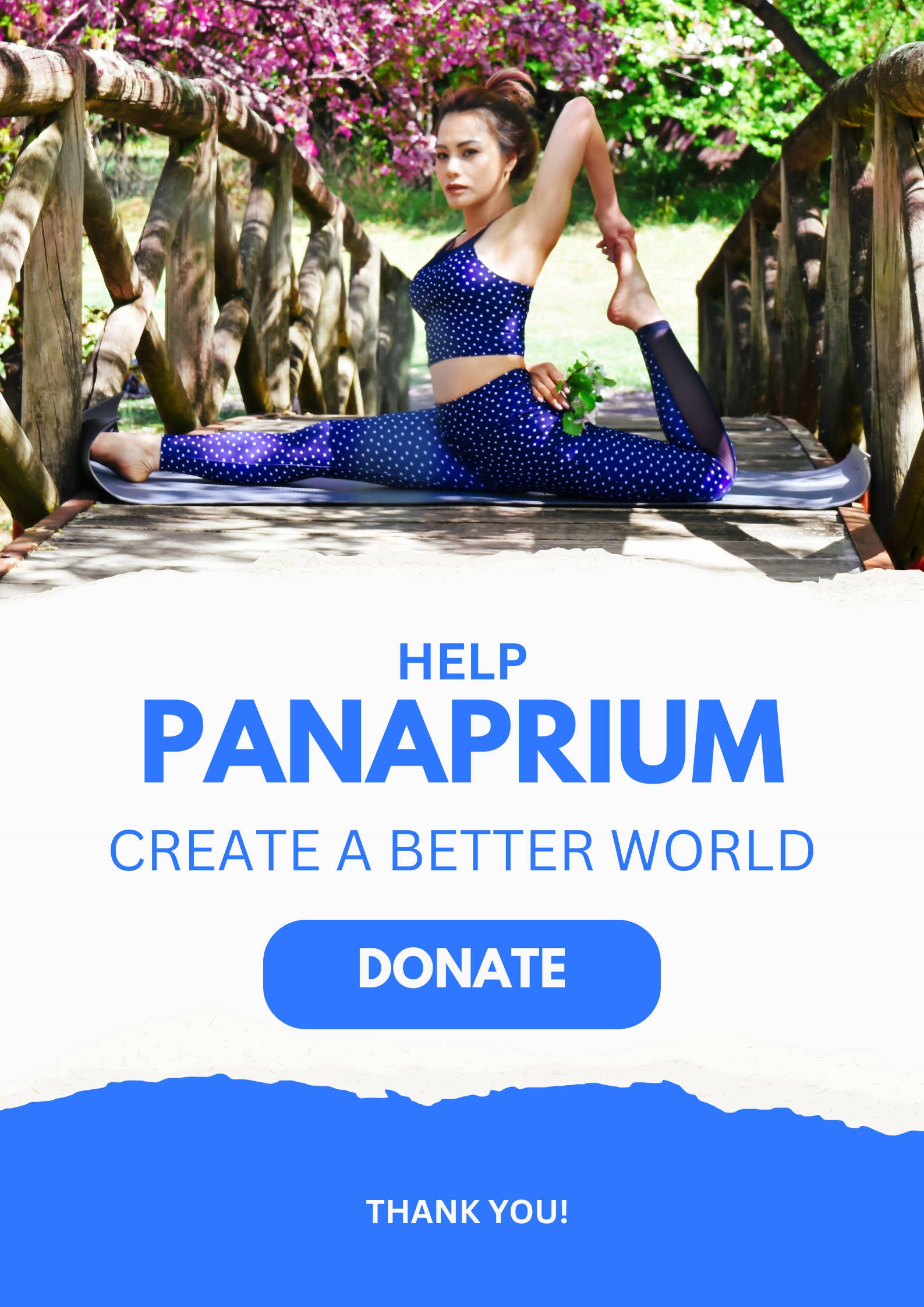

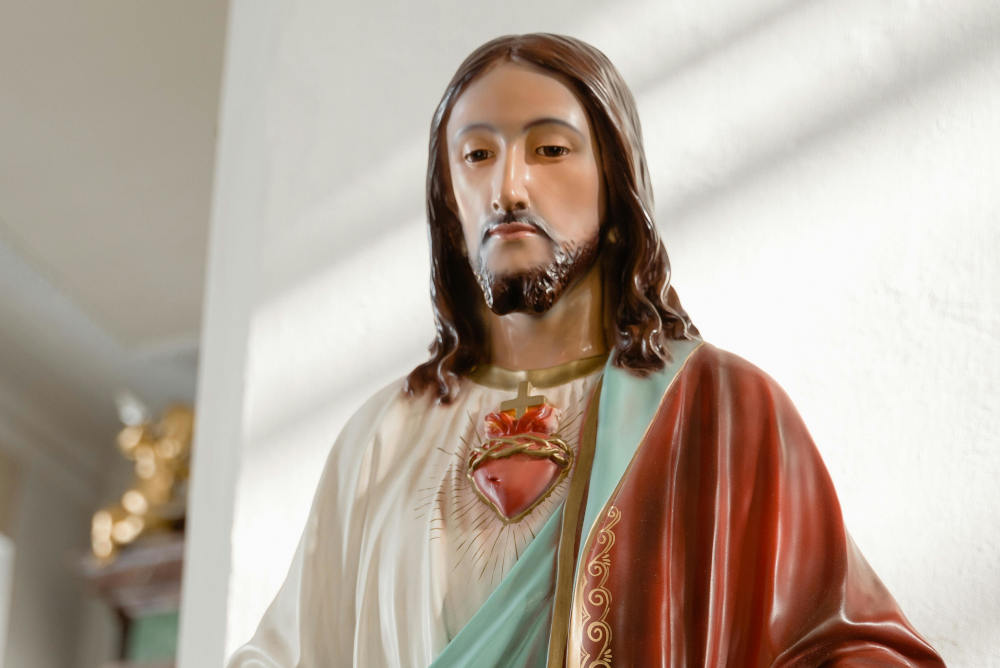
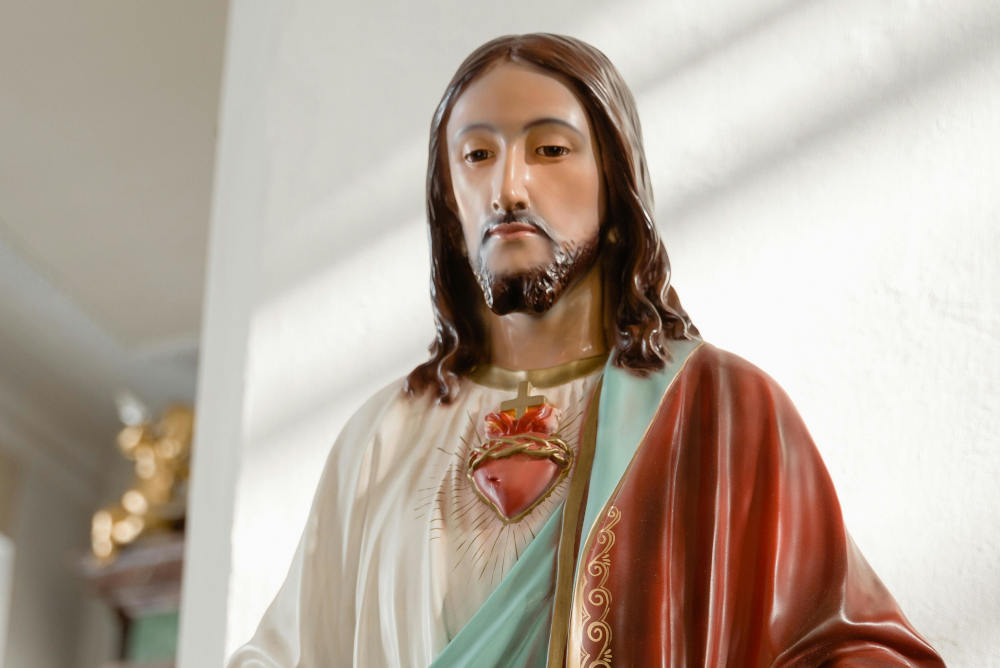
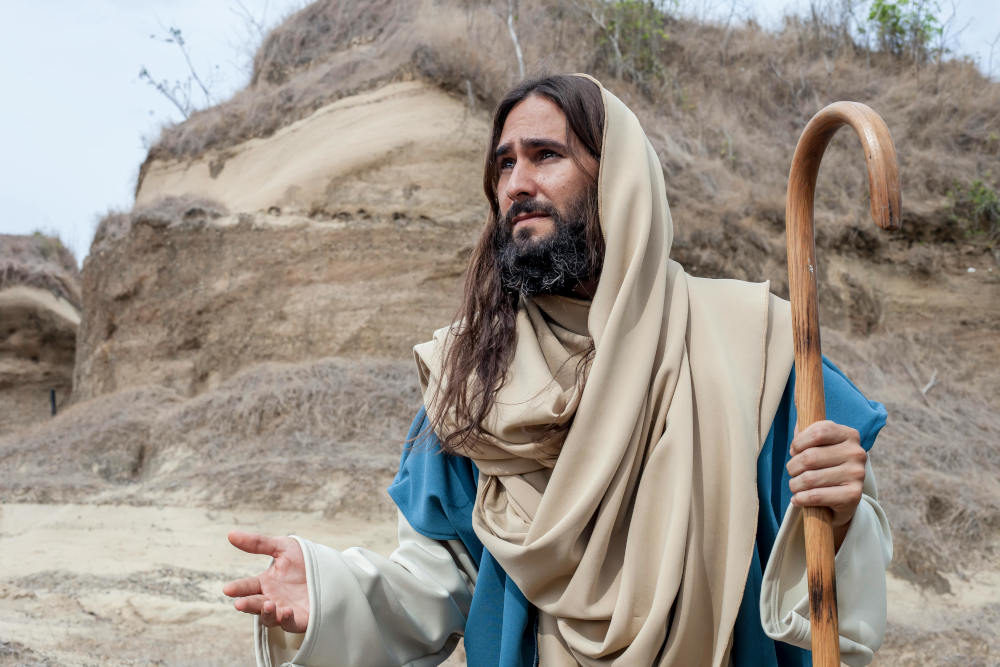
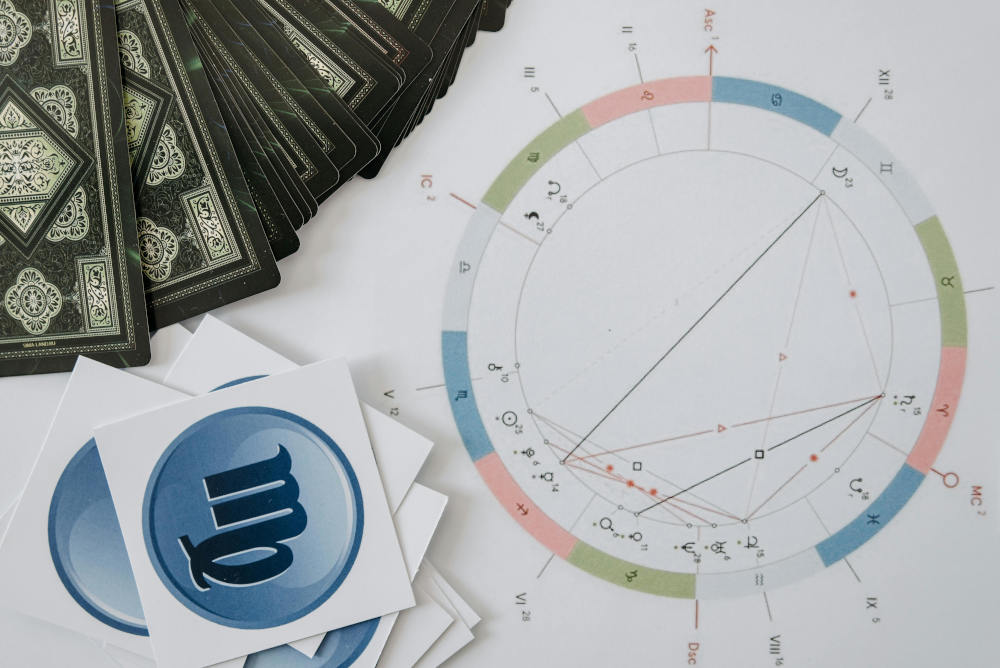



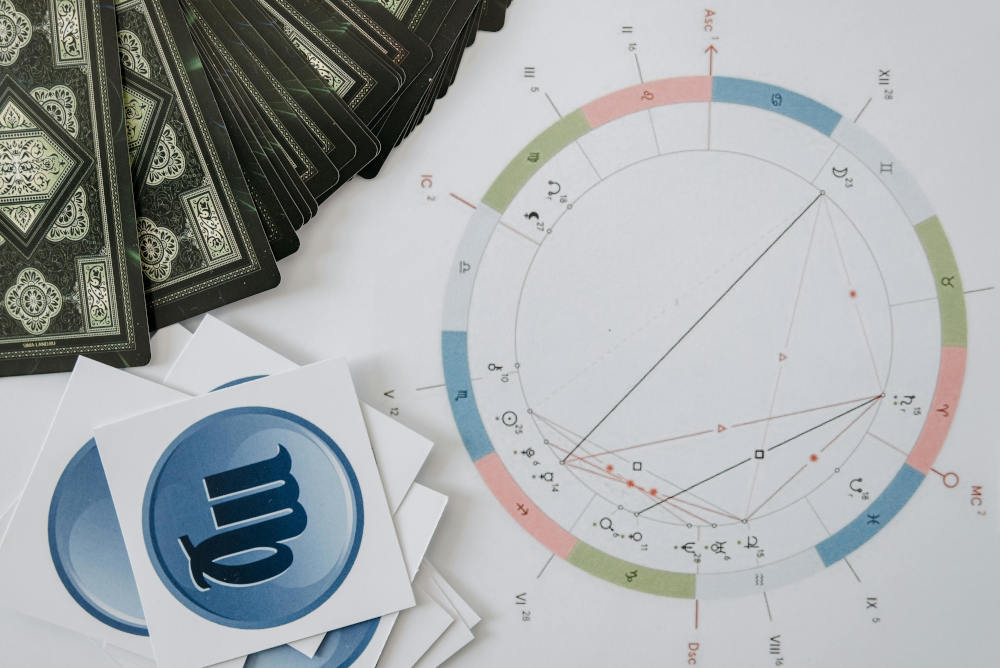









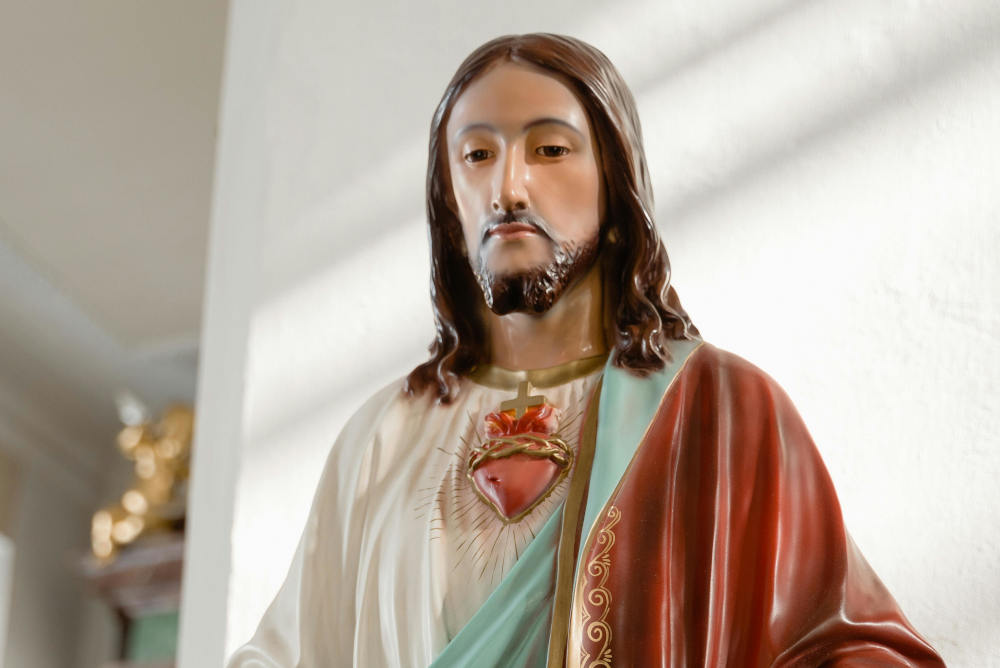









0 comments